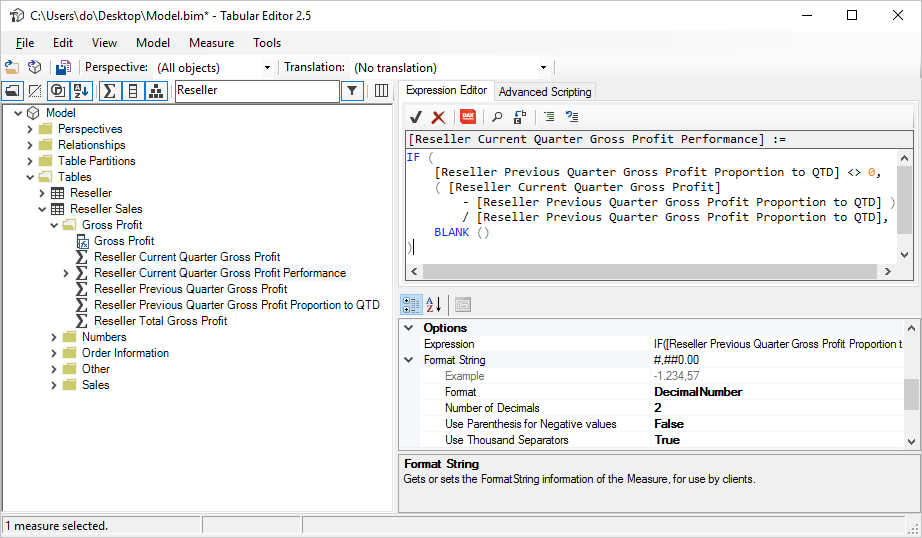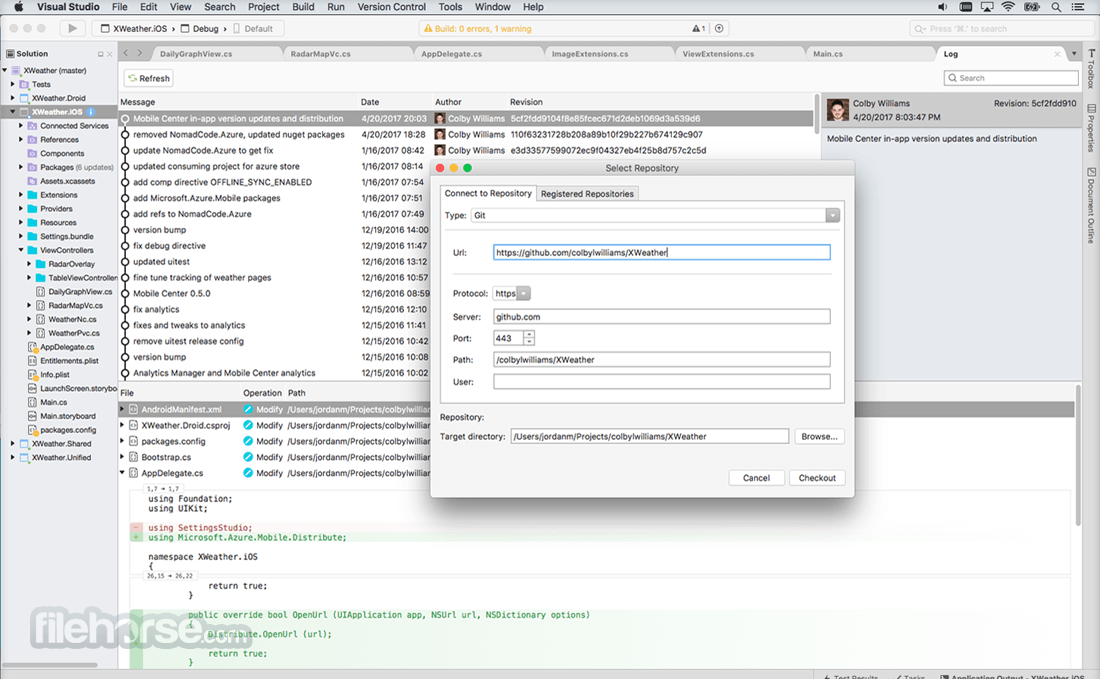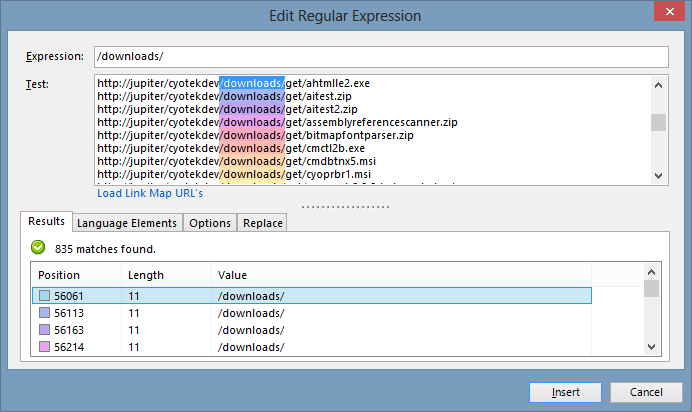

Several other tasks are involved in synthetic gene design efficiency, such as calculating protein secondary structure and visualizing the tertiary structure to aid in mapping protein motifs to gene zones or gathering and aligning orthologs to find similarities and conservation regions. Nonetheless, most of the required information is available online in diverse biological databases such as NCBI, EBI, PDB and KEGG, but few systems take advantage of those. However, selection or input of additional information is usually required, such as codon usage and context tables or orthologs to perform alignments. Most of them offer several forms of codon usage optimization, restriction sites management and removal of codon and nucleotide repetitions.

Therefore, numerous tools have been developed to optimize gene sequences and modulate specific characteristics that are believed to influence protein expression efficiency, such as Optimizer ( Puigbò et al., 2007), Synthetic Gene Designer ( Wu et al., 2006) and Gene Composer ( Lorimer et al., 2009). Controlling such factors has become imperative in the field of synthetic gene design. Those factors are mostly related to codon usage ( Angov et al., 2008), codon context ( Moura et al., 2007), GC content, hidden stop-codons ( Seligmann and Pollock, 2004), repetitions ( Brégeon et al., 2001), deleterious sequences ( Jin et al., 2006), messenger RNA (mRNA) secondary structure ( Kozak, 1986) and charged transfer RNA availability ( Welch et al., 2009). Moreover, the developments in the field of gene decoding and protein synthesis already show a good knowledge of the factors that are involved in it. Often these require specialized computing tools.

Assessing the effect and meaning of the genetic information for cells, discovering the information underlying genes and describing protein functionality are some of the most important tasks in this field. Molecular biology has witnessed an increased use of computer science tools, especially after the first genome sequencing projects. The main function of EuGene is analyzing and redesigning gene sequences using multi-objective optimization techniques that maximize the coding features of the resulting sequence.Īvailability: EuGene is freely available for non-commercial use, at In a seamless automatic form, EuGene calculates or retrieves genome data on codon usage (relative synonymous codon usage and CAI), codon context (CPS and codon pair bias), GC content, hidden stop codons, repetitions, deleterious sites, protein primary, secondary and tertiary structures, gene orthologs, species housekeeping genes, performs alignments and identifies genes and genomes.
#DOWNLOAD EXPRESSION OFFLINE EDITOR SOFTWARE#
A software application, EuGene, was developed for the optimization of multiple gene synthetic design algorithms. Analyzing codon usage, calculating codon adaptation index (CAI), aligning orthologs and optimizing genes are just a few examples. However, their dispersion requires the access to different tools and online services in order to complete one single project.

Summary: Numerous software applications exist to deal with synthetic gene design, granting the field of heterologous expression a significant support.


 0 kommentar(er)
0 kommentar(er)
